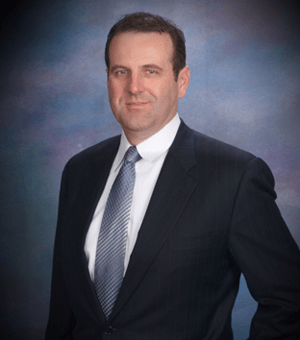While computer hardware has never been seriously questioned to be eligible subject matter, for computer software, it has been an entirely different story. The problem for software is that it is not itself tangible and it often does not clearly transform a tangible object. A process performed by a computer will at least change the state of numerical registers in the computer. However, the Supreme Court in its Benson (1972) case found that these changes are too ephemeral, only temporarily transforming the computer, and so the Court held that such a process was an abstract idea and not patent eligible. Later, the Supreme Court in its Diehr (1981) decision found that a process performed by a computer that controlled a tire molding machine did transform an object (a rubber tire) and thus was patent eligible. After Diehr, the lower courts interpreted Diehr so as to find nearly any process performed by a computer to be patent eligible as long as it performed some activity external to a computer processor, even if the external activity was trivial, such as displaying the results of a calculation.
In 2014, the Supreme Court, concerned that a large fraction of software patents issued should not have been allowed, delivered its Alice Corp. v. CLS Bank decision, in which it invoked a new test for subject matter eligibility that comprises a two-step inquiry. In the first step, a claimed invention is examined to see if it is directed to an abstract idea. If so, then a second step is performed to determine whether the claimed invention is “significantly more” than the abstract idea. If it is, then it may be patent eligible subject matter.
It would have been helpful if the Supreme Court gave precise definitions that would draw a bright line between what is an abstract idea and what is not, but that is not their style. The Supreme Court did give some hints at what would qualify as an abstract idea and what would qualify as “significantly more.” Specifically, the Supreme Court hinted that claims directed at abstract ideas MAY be patent eligible if “inventive.” The USPTO and the lower courts have tried to interpret these vague hints to the cases before them, developing their own example sets of “patent eligible” cases and “not patent eligible cases. “Eventually, the Supreme Court will review one or two of these and let us know whether the USPTO and the lower courts are doing what the Supreme Court wants them to do.
Most of the post-Alice lower court cases about patent subject matter eligibility have invalidated the software claims brought to them. Most of these patents claimed a process performed by a computer that had been previously done by people or non-computer machines. For example, in Ultramerical (2014), the court invalidated patent claims reciting a process of showing an advertisement before delivering free content over the internet.
Some cases have upheld patent claim validity. For example, in DDR Holdings (2014), a lower court found a software claim to be patent eligible subject matter. The claim in question recited a technique for embedding an internet browser window within another browser window. This technique was found to be “inventive.”
So the bottom line here is that just performing a process using a computer will not get you a patent, even if no one has done that process on a computer before. That worked from 1998 to 2014, but it does not work anymore. Now to be patent eligible, the way the process is performed by a computer has to be “inventive.”
Phil R. M. Hunt is a registered patent attorney and electrical engineer working with Rylander & Associates PC (www.RylanderLaw.com). He can be reached at 360.750.9931.



